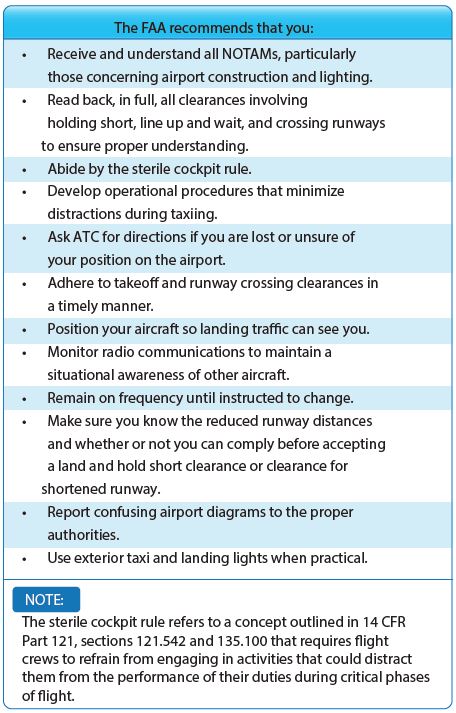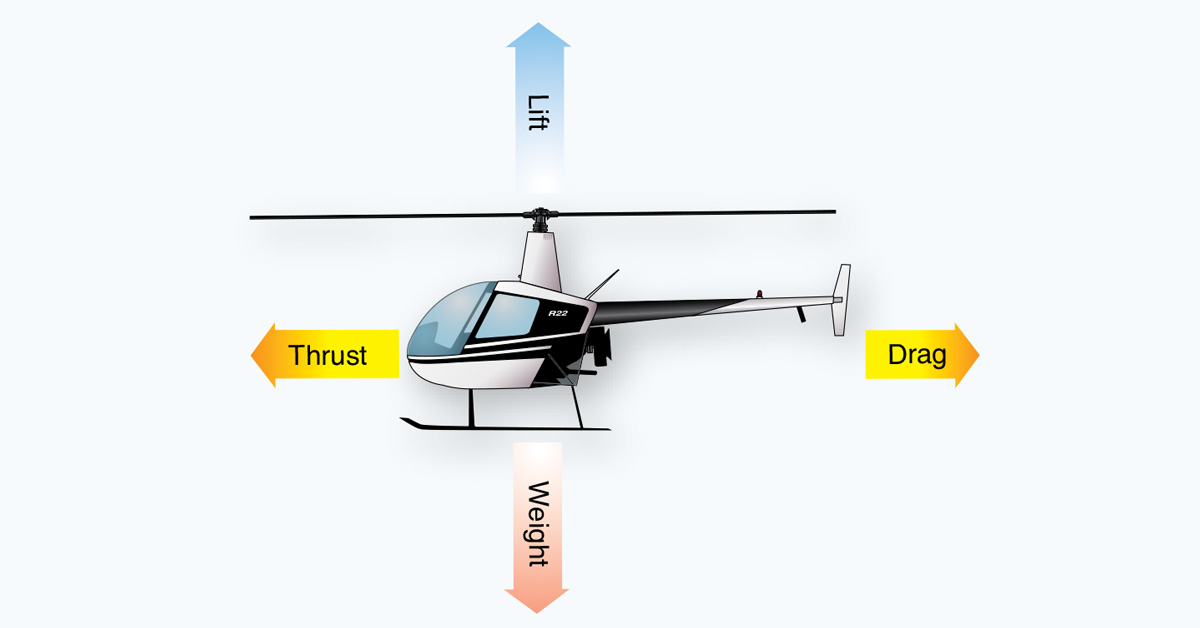Learn to reduce your risk of a runway incursion by following these simple FAA recommendations outlined in the Instrument Procedures Handbook (FAA-8083-16).
On any given day, the NAS may handle almost 200,000 takeoffs and landings. Due to the complex nature of the airport environment and the intricacies of the network of people that make it operate efficiently, the FAA is constantly looking to maintain the high standard of safety that exists at airports today. Runway safety is one of its top priorities.
The FAA defines a runway incursion as:
“Any occurrence at an aerodrome involving the incorrect presence of an aircraft, vehicle, or person on the protected area of a surface designated for the landing and takeoff of aircraft.”
The four categories of runway incursions are listed below:
Category A—a serious incident in which a collision was narrowly avoided.
Category B—an incident in which separation decreases and there is a significant potential for collision that may result in a time critical corrective/evasive response to avoid a collision.
Category C—an incident characterized by ample time and/or distance to avoid a collision.
Category D—an incident that meets the definition of runway incursion, such as incorrect presence of a single vehicle/person/aircraft on the protected area of a surface designated for the landing and takeoff of aircraft but with no immediate safety consequences.
The below figure highlights several steps that reduce the chances of being involved in a runway incursion.






